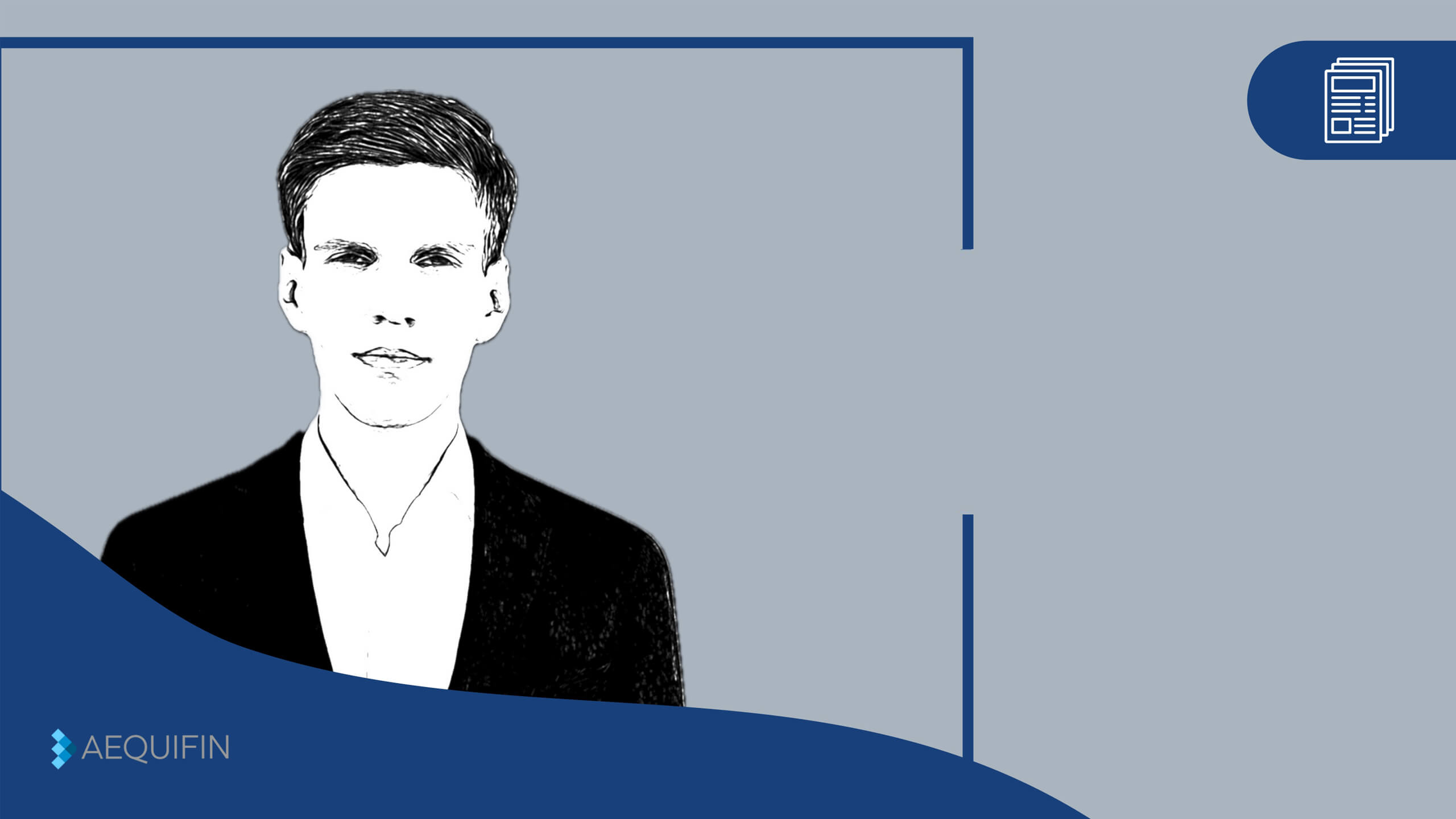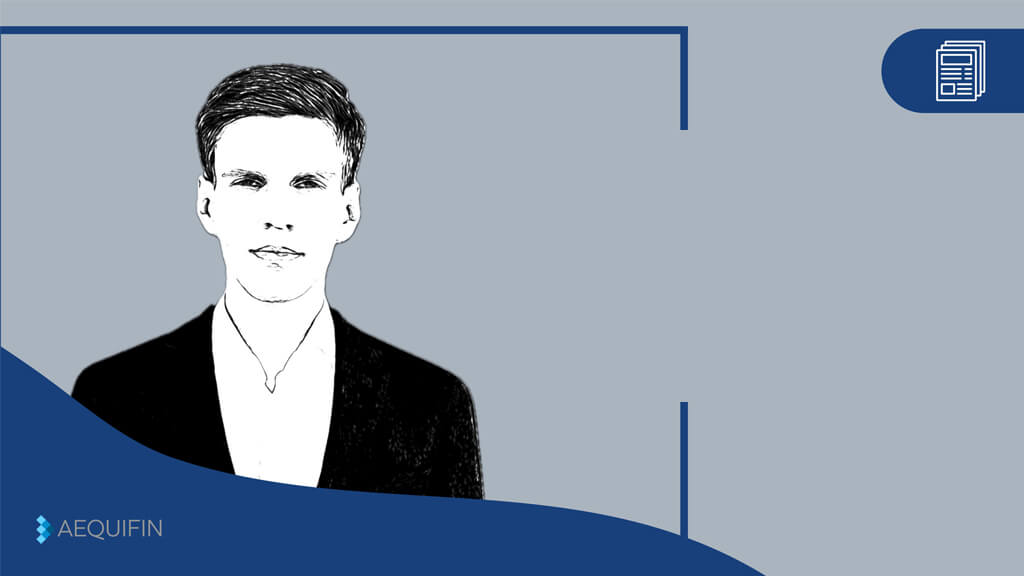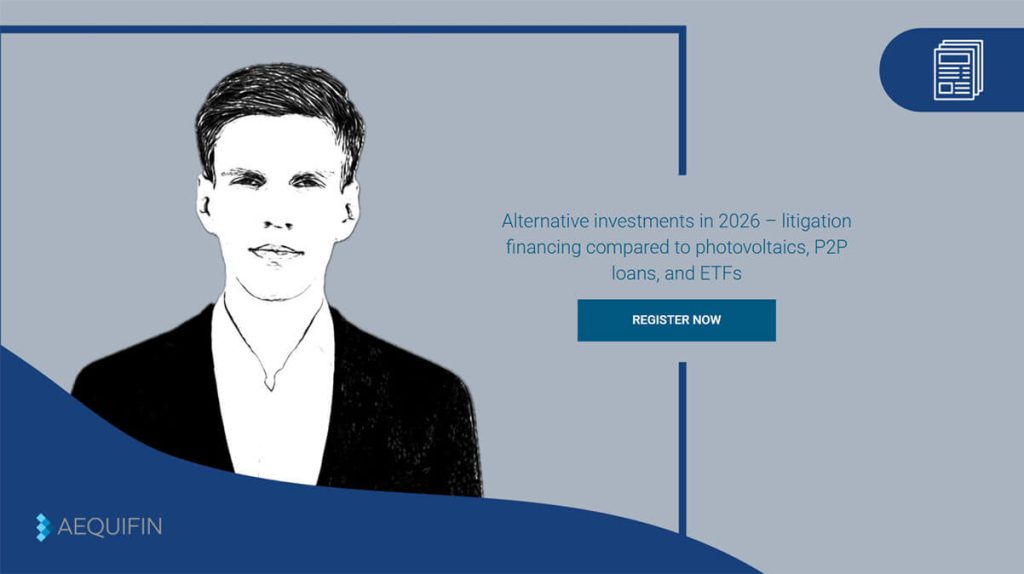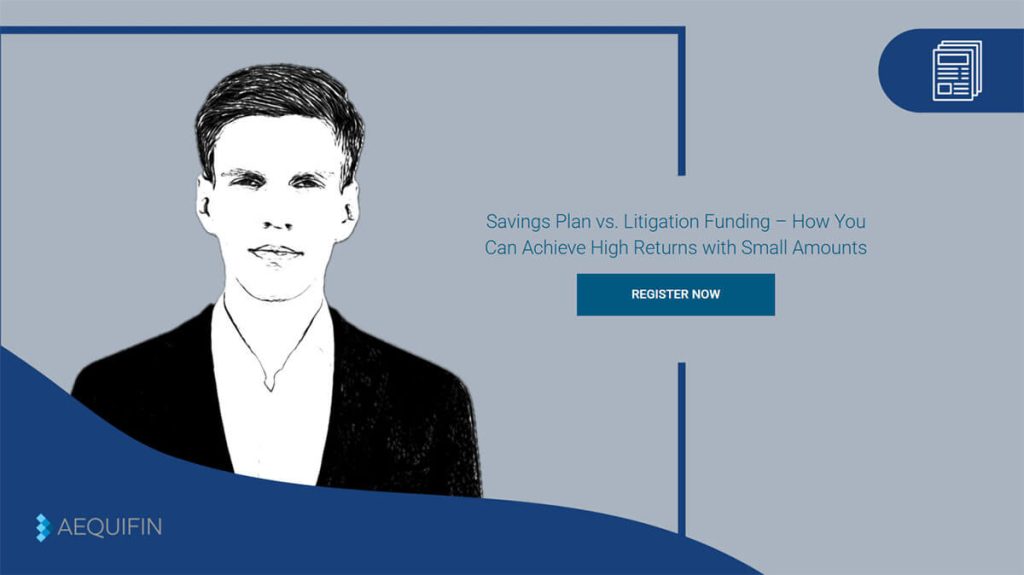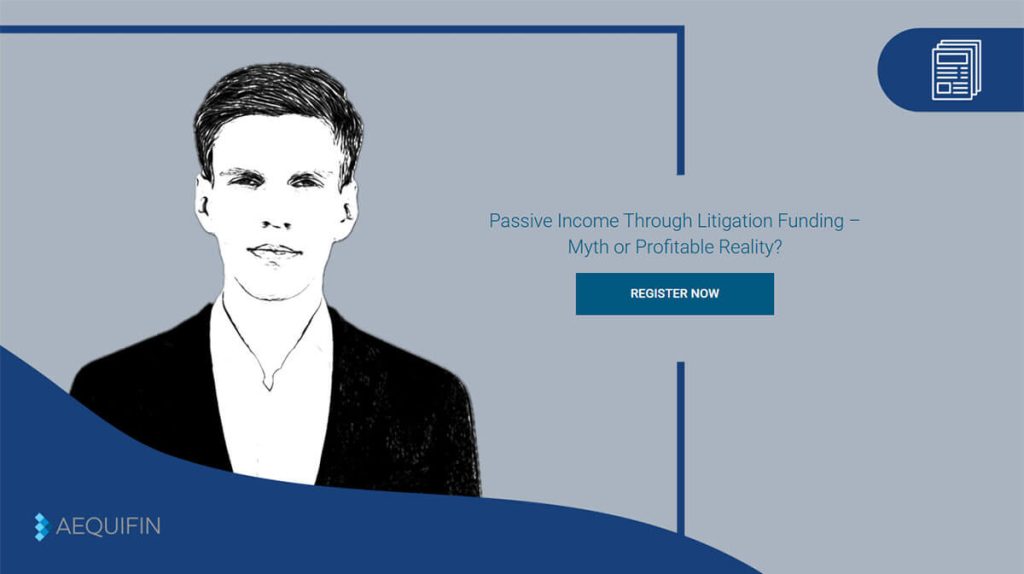In an environment shaped by geopolitical uncertainties, interest rate shifts, and volatile markets, many investors are looking for investment opportunities that can deliver stable returns independent of traditional stock market activity. Investing in litigation funding was long considered a niche product for institutional investors. However, it is increasingly gaining traction among private investors, including in Germany.
The idea behind it is as simple as it is attractive: you participate in legal cases with a strong chance of success and, in the event of a favorable outcome, share in the settlement or judgment amount. But what exactly are the advantages, and why are more and more investors choosing this model right now? The reasons are not only compelling but also diverse.
At a Glance:
- Litigation funding offers above-average return opportunities — independent of stock and real estate markets
- Legal proceedings follow their own cycles — ideal for portfolio diversification in times of crisis
- Investors contribute to the enforcement of justice — while also benefiting financially
1. Reason 1 – Return On Investment Opportunities with Controlled Risk
What investors particularly appreciate about litigation funding is the balance between calculable risks and above-average returns. While many investment classes struggle with volatility and market uncertainty, the returns here are based on clearly defined legal prospects of success — not on daily price movements or interest rate decisions.
In practice, this means that only cases with solid evidence, realistic damage claims, and strategically well-prepared legal representation are even considered for funding. Platforms like AEQUIFIN handle this complex selection process in advance. This does not protect investors from every risk but reduces uncertainty to an economically acceptable level.
It is precisely this combination of legal pre-screening and structural participation logic that opens up exceptional return opportunities. Typically, investor returns — depending on the course of the case — range between 100% and 1,000% on the invested capital. Unlike traditional interest-bearing products or stocks, the payout amount is not determined by market movements but by the agreed participation rate and the actual settlement proceeds.
“At AEQUIFIN, this mechanism is complemented by flexible quotas that automatically increase with lower settlement amounts — an effect that can cushion losses and, in a partial success scenario, even boost returns.”
A concrete case from commercial agency law clearly illustrates the return potential.
An experienced mobile communications distributor is suing two large corporations — including a well-known network operator — for damages and commercial agent compensation. The claim: over €4.3 million. The basis: an unlawful blocking of system access, followed by immediate termination without justified reason.
For Investors, This Presents an Interesting Scenario
- Expected settlement amount: €2,166,508
- Standard AEQUIFIN quota: 21 %
- Example investment: €3,000
- Your calculated share: 1.658 %
➡ Return in the realistic scenario (50 % of claim target):
- Payout: €7,544
- Net profit: €4,544
- Return: +151 %
➡ Return in the best-case scenario (100 % of claim target):
- Payout: €15,095
- Net profit: €12,095
- Return: +403 %
If the achieved amount falls below the expected value, the investor quota often increases significantly. For example, with a settlement amount of only €1.5 million, the payout can rise to 40 % or more. This mechanism reduces typical performance risks and compensates participation in the lower scenario.
This asymmetric return structure — limited loss risk with disproportionately high profit potential — makes litigation funding a logical portfolio addition for many investors.
IN JUST 5 MINUTES:
2. Reason 2 – Crisis Resilience & Low Correlation
Today’s investors must focus not only on return potential but also on resilience. In the context of multiple crises mentioned earlier, the importance of uncorrelated asset classes has grown significantly.
Litigation funding operates independently of the following asset classes:
- Stock and bond markets
- Central bank interest rate decisions
- Inflation rates and currency fluctuations
- Economic cycles and real estate prices
The reason for this is structural: legal proceedings follow legal, not economic, rules. They are initiated when companies or individuals seek to enforce their rights — not because the stock market rises or falls.
For investors, this means:
- Low correlation to traditional assets such as stocks or real estate
- Stable durations of typically 12–36 months — independent of market volatility
- Countercyclical behavior: in times of crisis, disputes and lawsuits often increase
Especially in mixed portfolios, litigation funding has a risk-stabilizing effect. Investors who already hold ETFs or individual stocks can reduce overall portfolio risk by adding legally driven investments — without sacrificing return potential.
How litigation funding compares to volatile stock markets is highlighted in our AEQUIFIN blog post:
Investing in Stocks vs. Litigation Funding – Which Strategy Is More Resilient?
The real estate market is also increasingly under pressure: high financing costs, stagnant rents, illiquid assets. Litigation funding can be a flexible and high-yielding complement here. Read our detailed comparison:
Litigation Funding vs. Real Estate – Which Is More Profitable in 2025?
3. Reason 3 – Impact & Transparency in a New Asset Class
Investors today are not only focused on returns but increasingly on the impact of their capital. The question “What does my capital achieve?” is moving into focus. Ethics and principles are therefore gaining prominence. Litigation funding offers a rare combination in this regard: it combines financial participation with a tangible contribution to fair access to justice.
By participating in legal cases, investors are not merely supporting any outcome but enabling claimants to access justice who otherwise could not afford to pursue their cases. Often, these involve clear contract breaches, unfair dismissals, or outstanding claims — cases where legitimate rights are at stake. Here, capital becomes a modern vehicle for fairness.
At the same time, the structure of platforms like AEQUIFIN provides a level of transparency that traditional financial products rarely achieve. Investors have 24/7 insight into the following:
- Which cases are available for selection
- The claim target and realistic expected value
- Which law firm is handling the case
- The level of participation quota
- And how the case is progressing over time
This level of transparency builds trust in alternative investments, especially for investors exploring new asset classes. Platforms like AEQUIFIN further leverage digital matching processes between case profiles and investor strategies. This means you are not investing blindly but strategically and purposefully.
How exactly this process works, which selection criteria apply, and how you can participate as a sponsor can be found in the detailed overview:
Support Legal Cases and Profit with Litigation Funding for Sponsors
4. Conclusion
Litigation funding is no longer just a niche investment. It combines above-average return potential with low market dependency and offers you the opportunity to deploy capital effectively and responsibly.
Especially in times of economic uncertainty, this investment form convinces with structure, transparency, and substance. Whether for diversification or as a targeted return component is up to you. The three reasons outlined speak for themselves — and for taking a closer look at this unique asset class.
